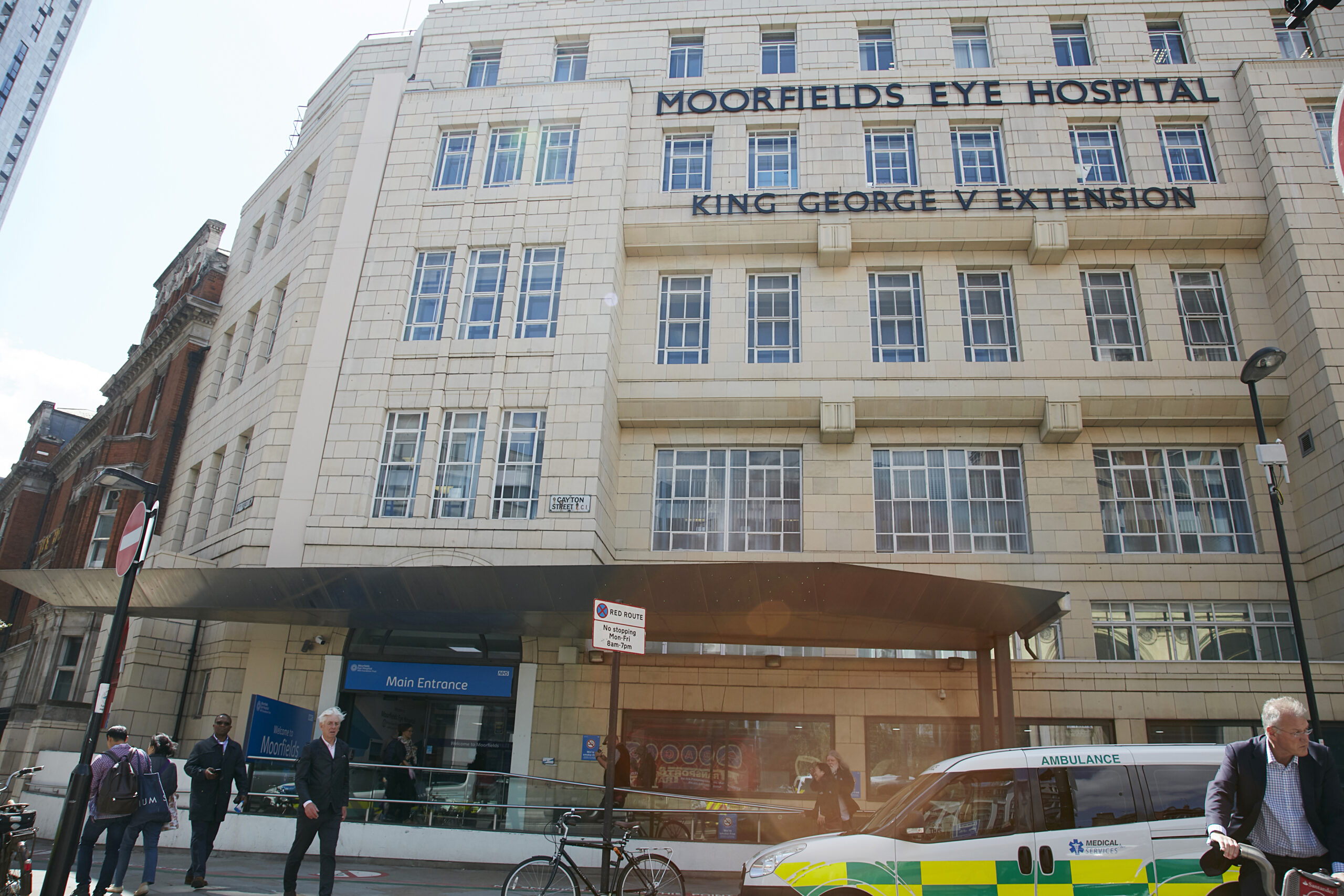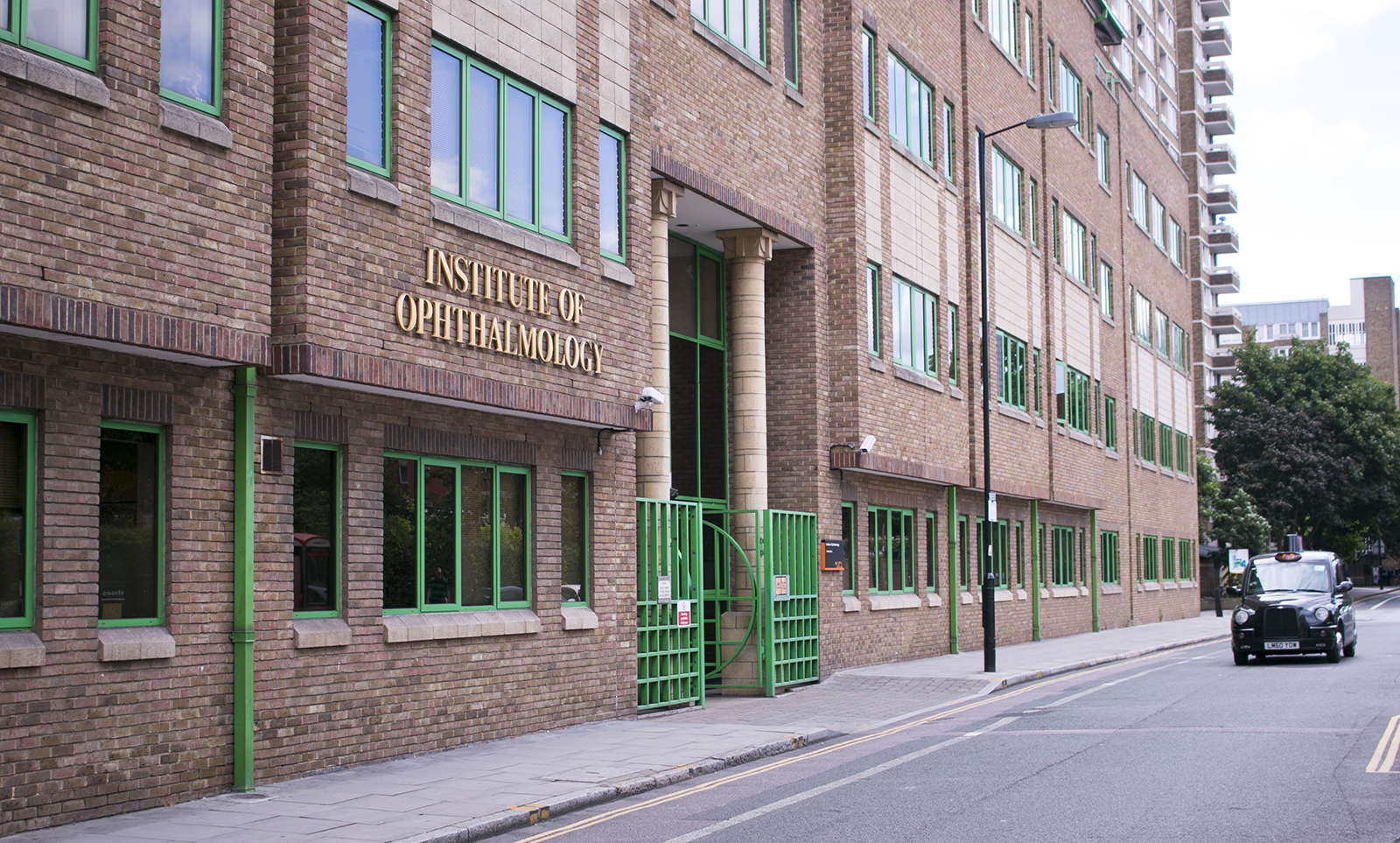Why change?
Meet the growing demand for eye health services
Sight loss is an increasing reality for many people. The number of people likely to suffer from common eye conditions such as cataracts, glaucoma, macular degeneration and diabetic eye disease is expected to rise rapidly over the next 15 years.
There are currently over 2 million people in the UK living with sight loss (RNIB, 2021 report).

The ageing population means a greater and more complex demand for eye services. In the UK, 79% of people over the age of 64 live with sight loss.
The experience of sight loss can be isolating and costly, as well as their family members and carers.
As more people will need treatment for eye conditions in the future, we need to make sure that their needs are appropriately supported. This means that the NHS needs to be more agile in adapting how hospitals and other NHS organisations provide services for patients, taking advantage of clinical and technological innovation.
To do this, we need to replace traditional hospital-based eye services with new models of care. By using technology and by training other health professionals, more patients could be seen in community settings near where they live.
Sources for statistics:
Access Economics (2019), The economic impact of sight loss and blindness in the UK adult population [Online]. Available at: https://www.rnib.org.uk/professionals/knowledge-and-research-hub/research-reports/general-research/economic-impact-sight-loss
RNIB internal report (2019), Number of new certifications by age in England and Wales, April 2012-March 2013, RNIB.
Our current facilities
Our current buildings at City Road were built over 120 years ago at a time when hospital care was provided very differently from how it is now. The ageing infrastructure of the hospital and UCL Institute of Ophthalmology (IoO) is increasingly difficult and costly to maintain; and the configuration of our existing building offers little scope for true integration between the clinical, research and teaching elements of our work.
Although intermediate refurbishments go some way to improving the environment for our patients and staff, there is no substitute for integrated facilities that can modernise patient pathways and meet the growing demand for eye health services.
Currently, Moorfields and UCL IoO are in separate buildings at City Road and Bath Street. These separate buildings provide barriers to physical and cultural integration. The new centre at St Pancras will help us to change this.
Creating a new, integrated centre will enable us to provide a better experience for our patients. For example, a fit-for-purpose design will support a reduction in waiting times for patients. A collaborative working environment will also support the bench to bedside research model– allowing earlier patient involvement and speeding up the time it takes to translate results into new treatments.
Having the centre in Camden’s Knowledge Quarter will place the new centre at the heart of an internationally renowned hub for science and innovation. The St Pancras site provides us with an excellent location, ideally situated close to the UCL Bloomsbury campus, the Francis Crick Institute, Welcome Trust. and several of our voluntary sector and charity partners, including the Royal National Institute of Blind People (RNIB) and Guide Dogs.
Easily accessible by public transport
The new location is close to three main railway stations (King’s Cross, St Pancras and Euston), making it very accessible to large parts of the UK as well as to six London lines and the overground.

Moorfields Eye Hospital entrance on City Road

UCL Institute of Ophthalmology entrance on Bath Street
Feedback from our patients and staff
Feedback from patients and carers over the past five years has been very positive about clinical care, but often includes criticisms about the quality of patients’ experience when visiting Moorfields.
Some patients have said that their journey through the current building is complicated so it takes longer for them to complete treatment or investigations during an appointment than necessary. A routine appointment can involve several different tests in different locations away from the initial consultation room. This is inconvenient for patients, particularly those who find it hard to navigate the building and make the flow of patients through the hospital less efficient. It means appointments take longer than they should. Our proposal will address these issues by putting patient experience at the heart of the building design.
Staff and patients have said they would welcome the opportunity to improve the patient pathway. Within the design of the new centre, we are working closely with our patients and clinical staff to develop lay-outs for our services to ensure patients have the best possible experience.
Oriel is more than just a building – it will be a centre of international excellence for clinical care, research and education all under one roof. Patients are at the heart of the centre’s design. Every patient’s needs are unique and can change over time. The Oriel advisory group is helping to shape the programme so it meets the diverse needs of patients, visitors and carers.
